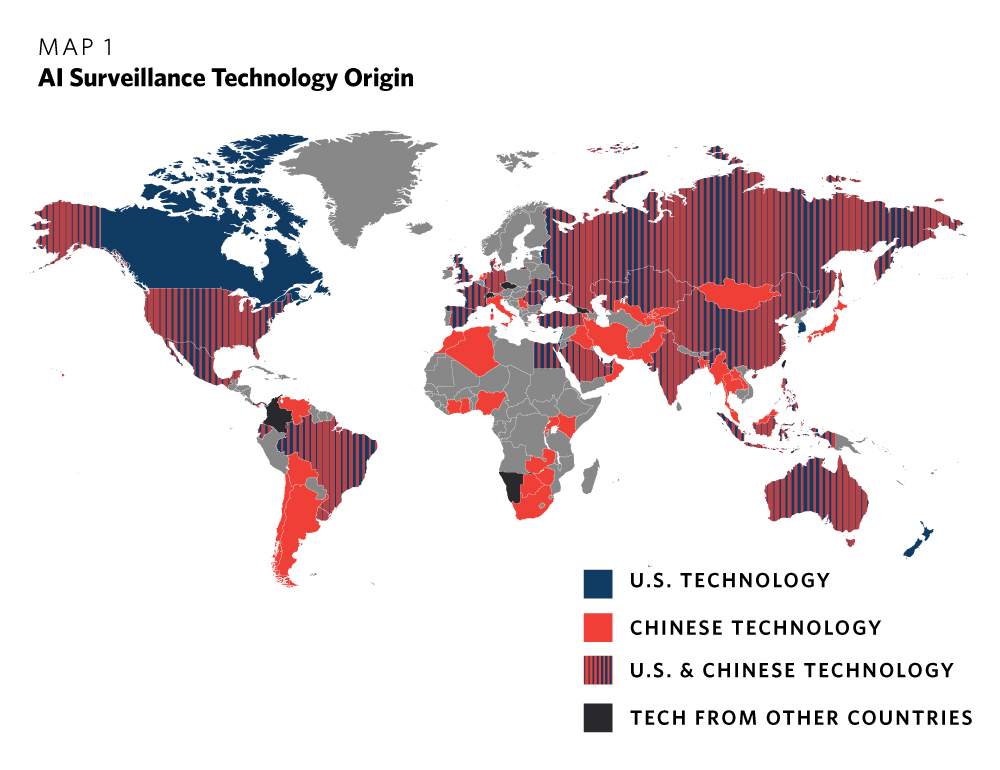
AI Technology Helps Fleet Managers Detect Drowsy Drivers
Half of all truck drivers fall asleep at the wheel, a startling fact that highlights the critical risk of drowsiness while driving. This state contributes to numerous accidents and fatalities each year, making it essential for fleet managers to adopt innovative solutions. Thankfully, advancements in artificial intelligence are helping to tackle this pressing issue by monitoring driver fatigue on the road.
A groundbreaking solution, Samsara’s Drowsiness Detection technology, has recently been made available to the entire industry after successful trials with 50 early adopters since July. This AI-driven software has reported an impressive 77% success rate in identifying drowsy driving incidents. It leverages extensive training on over 10 trillion data points and an astonishing 38 billion minutes of video footage to enhance its fatigue detection capabilities.
“It’s hard to detect when someone is truly drowsy. It’s more than a single behavior, like yawning or having your eyes closed. Drowsiness can be less common than other risky driving behaviors, so accurate detection is only as good as the data that feeds and trains AI models,” said Evan Welbourne, vice president of AI and Data at Samsara.
 Innovations in driver safety technologies.
Innovations in driver safety technologies.
The significance of addressing drowsy driving cannot be overstated. According to the National Highway Traffic Safety Administration (NHTSA), drowsy driving is implicated in around 91,000 crashes every year, leading to approximately 50,000 injuries and about 800 deaths. Alarmingly, these statistics might underrepresent the actual scope of the problem; recent studies suggest that up to 17.6% of fatal crashes from 2017 to 2021 involved fatigued drivers, translating to an estimated 29,834 fatalities.
The trucking industry, in particular, bears a heavy burden from driver fatigue. The Federal Motor Carrier Safety Administration (FMCSA) states that drowsiness factors into about 13% of commercial motor vehicle crashes. Furthermore, research indicates that 65% of truck drivers have reported frequently or occasionally driving while tired, with nearly half confessing to having fallen asleep behind the wheel. This disturbing trend reflects a larger societal issue, as 43% of all workers claim to experience sleep deprivation, particularly among those who work night shifts or rotating schedules.
The repercussions of driving while sleep-deprived are severe. Studies show that drivers lacking sufficient sleep are three times more likely to crash. Just losing two hours of sleep can impair driving abilities to a level comparable to being under the influence of alcohol. This mounting fatigue-related toll carries significant economic implications, costing employers around $136 billion annually in lost productivity. Initiatives aimed at combating drowsiness on the roads could significantly mitigate these human and economic losses.
Positive shifts have already begun among Samsara’s clients who are using the Drowsiness Detection technology. Fleet managers have noted a marked improvement in safety culture, discouraging tired driving and fostering accountability among drivers. One vice president of health and safety from a major U.S. oilfield service shared their success:
“We used to have multiple drivers falling asleep at the wheel. Now, we’ve gone as long as 30 days without a single driver falling asleep due to these alerts.”
The future of fleet safety.
The launch of Samsara’s Drowsiness Detection technology represents a promising step towards reducing the dangers associated with drowsy driving. With the ongoing evolution of AI, fleets can expect enhanced safety measures that not only protect their drivers but also contribute to a more secure road environment for everyone. As fleet managers invest in these sophisticated tools, they set a precedent for prioritizing the well-being of their employees and the safety of all road users.
In conclusion, the battle against drowsy driving continues, but with new technologies like Samsara’s, the truck driving industry and beyond have a powerful ally in ensuring that fatigue is addressed proactively. It’s time for the industry to embrace these innovations and make our roads safer for all.














